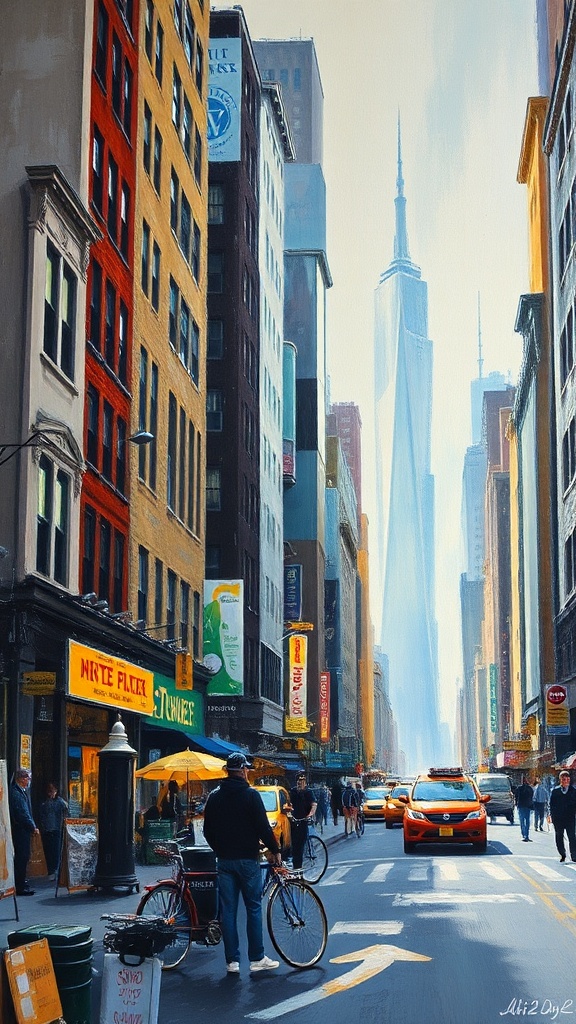New York City’s waterfronts have become among the city’s most prized public spaces, transforming formerly industrial edges into places for play, exercise, relaxation, and climate resilience.
From reclaimed piers to continuous riverside esplanades, the waterfront experience now blends design, ecology, and everyday life — making it a must-explore for residents and visitors alike.
Why the waterfront matters
The city’s shoreline offers more than scenic views.
Thoughtful design has turned underused waterfront land into parks that help manage stormwater, provide shade and cooling in heat waves, and reconnect neighborhoods to the water. These projects also support small-business activity — food vendors, bike rentals, kayaking programs — drawing foot traffic that boosts local economies.
Top types of waterfront spaces to explore
– Linear parks and esplanades: Great for walking, running, or biking.
They create continuous stretches of access along rivers and harbors, linking neighborhoods and transit hubs.
– Pocket parks and plazas: Smaller green spaces tucked between buildings or along piers provide quiet places for coffee, reading, or people-watching.
– Adaptive piers and cultural piers: Reimagined piers now host art installations, performance spaces, and seasonal markets, bringing creativity to the water’s edge.
– Naturalized shorelines: Living shorelines and rain gardens increase biodiversity while buffering against flooding and erosion.

Activities that make the waterfront special
– Paddle sports: Free or low-cost kayaking and paddleboarding programs often operate from public boathouses and pop-up docks, offering a hands-on way to experience the rivers.
– Biking and walking: Many waterfront paths are bike-friendly and link with major bike lanes and ferry terminals, making them ideal for leisure or commuting.
– Outdoor dining and markets: Food trucks, seasonal pop-ups, and waterfront cafés let people linger with views of the skyline and water.
– Cultural programming: Outdoor concerts, art walks, and waterfront festivals activate spaces year-round, supporting local artists and vendors.
Practical tips for visiting
– Check transit options before you go — many waterfront parks are best accessed by subway, ferry, or bike.
– Bring layers: Wind off the water can feel cooler than inland, even on mild days.
– Look for community events and volunteer cleanups to learn about local stewardship initiatives.
– Respect bike lanes and pedestrian zones; many paths are shared and can become busy on weekends.
Resilience and stewardship
Waterfront development increasingly balances access with protection. Projects now prioritize flood-resilient design — elevated walkways, porous surfaces, and planted terraces that absorb stormwater. Community engagement plays a critical role: local groups often partner with city agencies to maintain plantings, run programming, and advocate for equitable access.
Discovering less-explored edges
Beyond the iconic parks, quieter stretches of waterfront reward curiosity. Small piers, underused greenways, and riverwalks in working neighborhoods offer a closer look at everyday life along the water, from boatyards to community gardens.
These spots can be ideal for birdwatching, photography, or a peaceful escape from busier tourist hubs.
The waterfront is one of the city’s most visible examples of how urban life can evolve — combining recreation, ecology, and resilience. Whether heading out for a quick bike ride, joining a paddle session, or simply sitting with a coffee to watch ferries glide by, the shoreline invites frequent rediscovery.